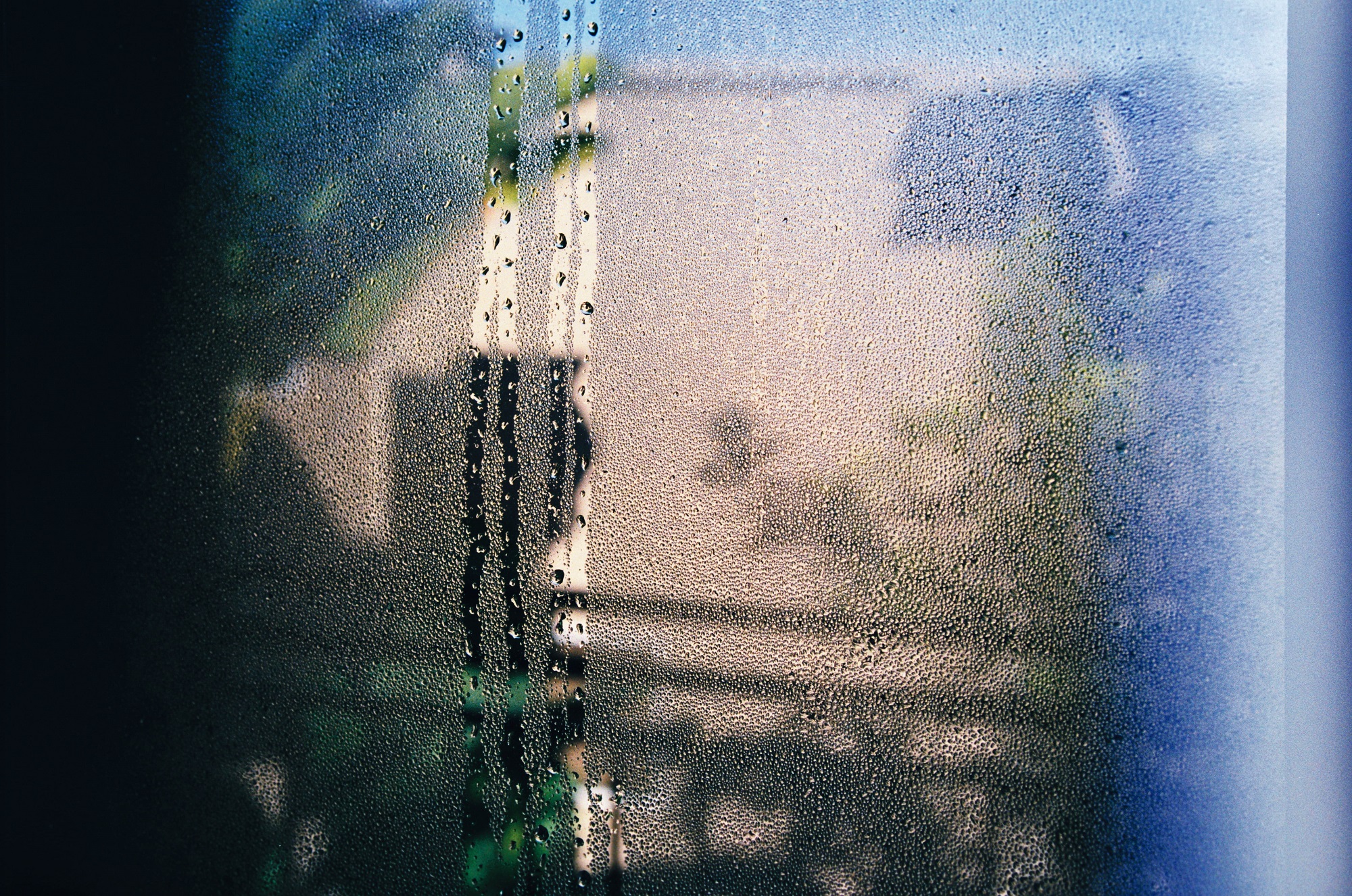
The best method of coping with condensation in a static caravan is to understand what causes it and then prevent it as much as you can. One day science may come up with a way to prevent the effects, but in the interim, here are some of our top tips.
What causes condensation?
Poor ventilation in a static caravan is the main cause of condensation. This doesn’t mean there is inadequate ventilation in the manufacturing process. It’s what we do in caravans during the cold weather that allows us to make a difference in condensation reduction.
Modern static caravans are usually double glazed and often benefit from central heating. Naturally, when it’s cold outside we keep our windows and doors closed and turn the heating up. Many caravans are insulated. Whilst double glazing, central heating and insulation keeps us warm, these three components also conspire to cause condensation. This occurs because they all diminish ventilation.
Where to look for condensation
Heat retention and reduced ventilation form moisture particularly on cold surfaces. The most noticeable moisture is on windows because they cloud up. However, there are also other areas that might not be so visible. Some of these include the interiors of cupboards, wardrobes and cabinets. Moisture will concentrate in the colder corners of rooms as well.
Condensation that is not dealt with can form mould which is highly destructive to fabrics and clothes. It can also lead to wood rotting. The mould is not only unsightly but also damaging to health.
Condensation Prevention
You can’t completely eliminate condensation in a Static Caravan, but you can take steps to reduce it and prevent the damage it causes.
- After using your holiday home, dry any damp surfaces including walls and cupboards. You can do this by opening all the windows and doors for as long as time allows. This will clear moisture from windows and go a long way toward drying out soft furnishings, fabrics and clothes. You can wipe down walls and cupboards with a dry cloth. Additionally, you may use a hair dryer to get rid of any lingering residue.
- If you are not going to use the caravan for a long time leave some damp absorption crystals out in dishes. Place one dish of them in each room. These can be purchased at any good hardware store and they often come with a plastic container to place them in. If you can’t get these crystals, salt is a good substitute.
- It’s difficult to dry clothes outside during the winter, but if you can it will reduce condensation. If you have a launderette on site use the dryers provided.
- When cooking, make sure the extractor fan is on. If you have an older model static caravan consider installing an extractor fan or make sure you keep the lids on your saucepans. Boiling things in a saucepan without a lid causes a lot of moisture to escape into your holiday home.
- Ensure the air vents are clear of obstruction and open. Closing the air vents not only traps moisture but prevents harmful fumes from fires and water heaters from escaping.
- Keeping the central heating on at a lower temperature for longer is much better than turning it up to full capacity for shorter periods.
- Bathrooms tend to collect condensation more than any other room. If you don’t have an extractor fan make sure you leave a window open after a shower or bath until the moisture clears.
Let us know if you have any tips for preventing or reducing condensation in a static caravan and we will gladly add it here.
Related Posts:
